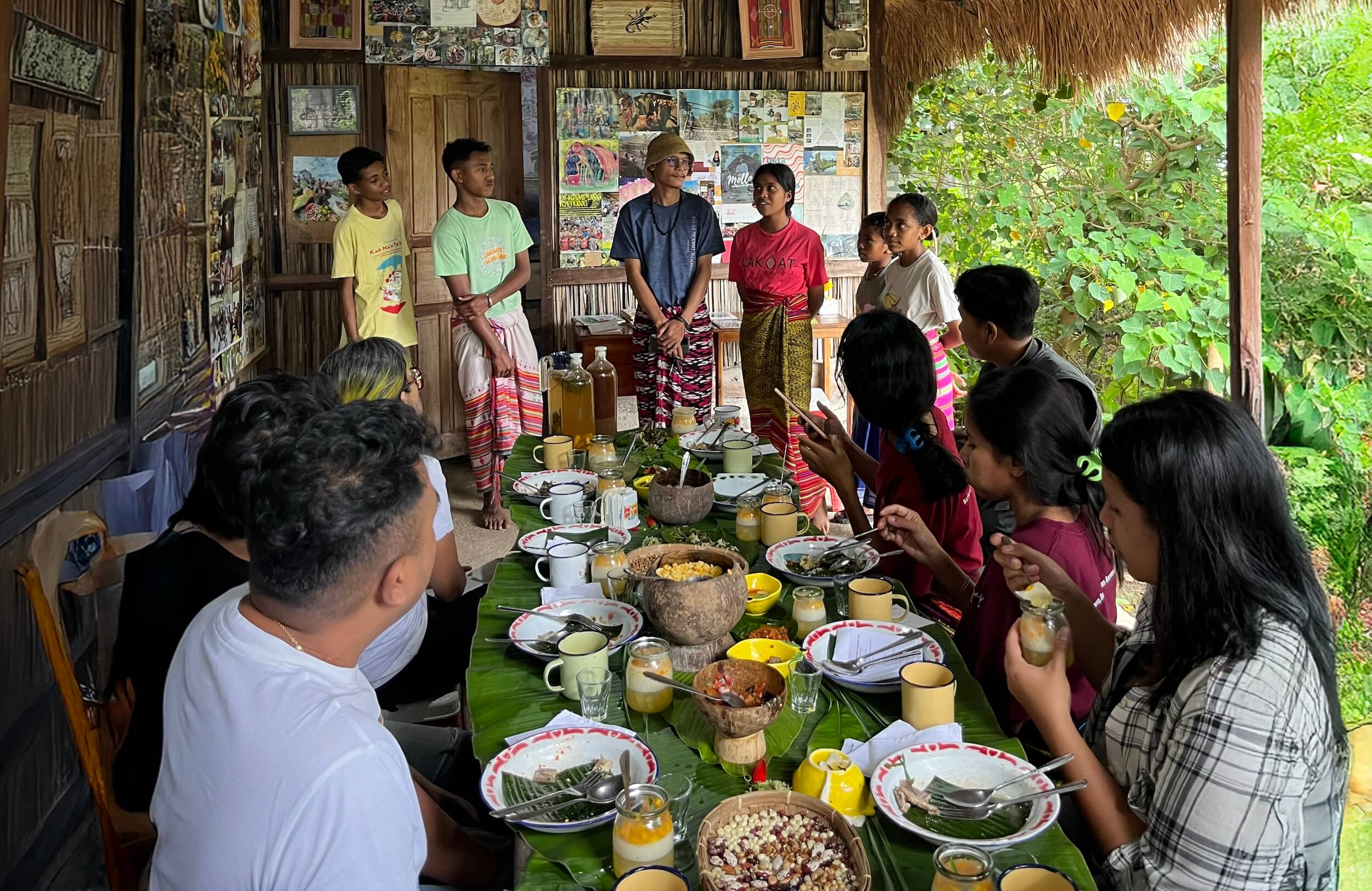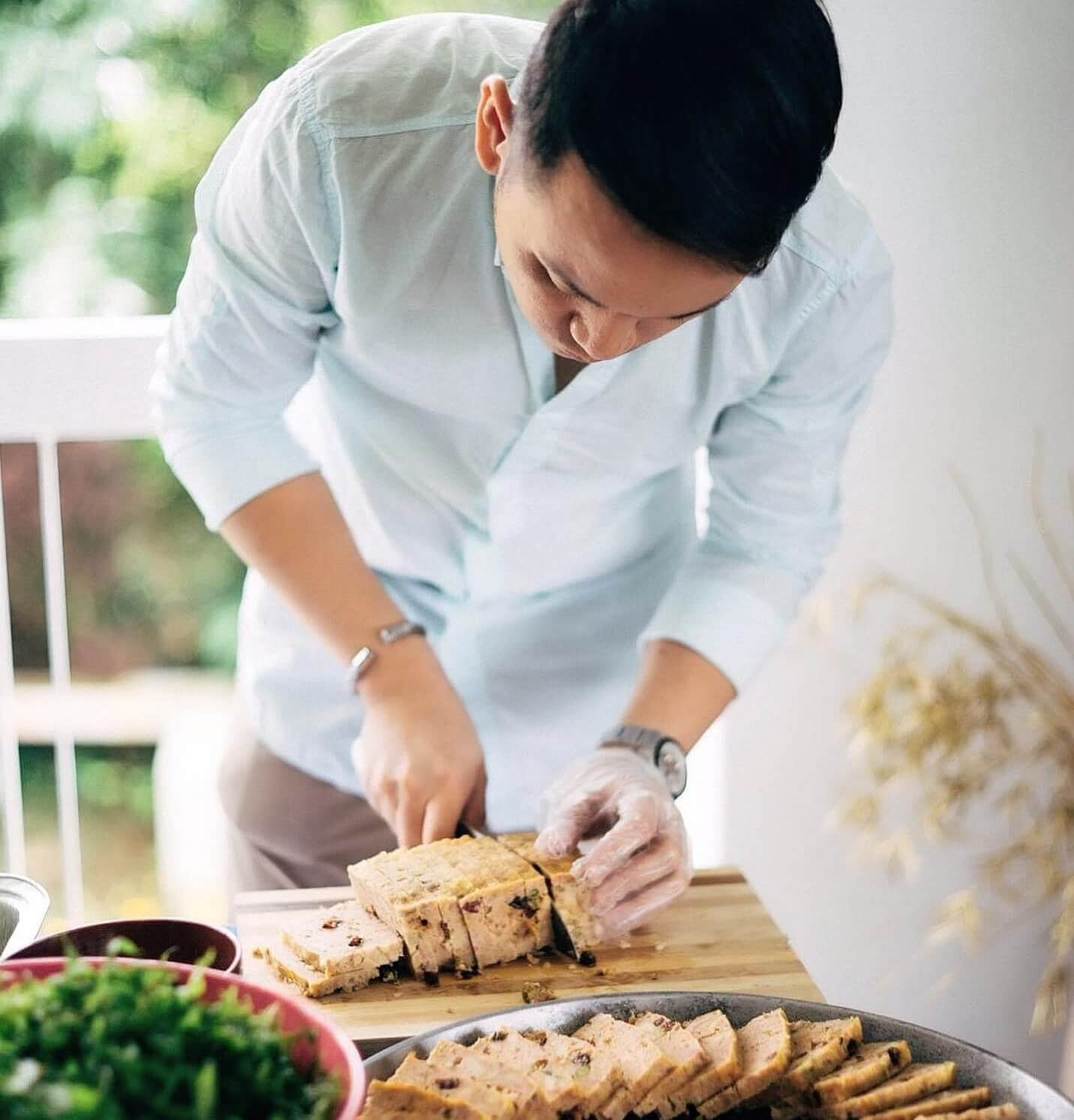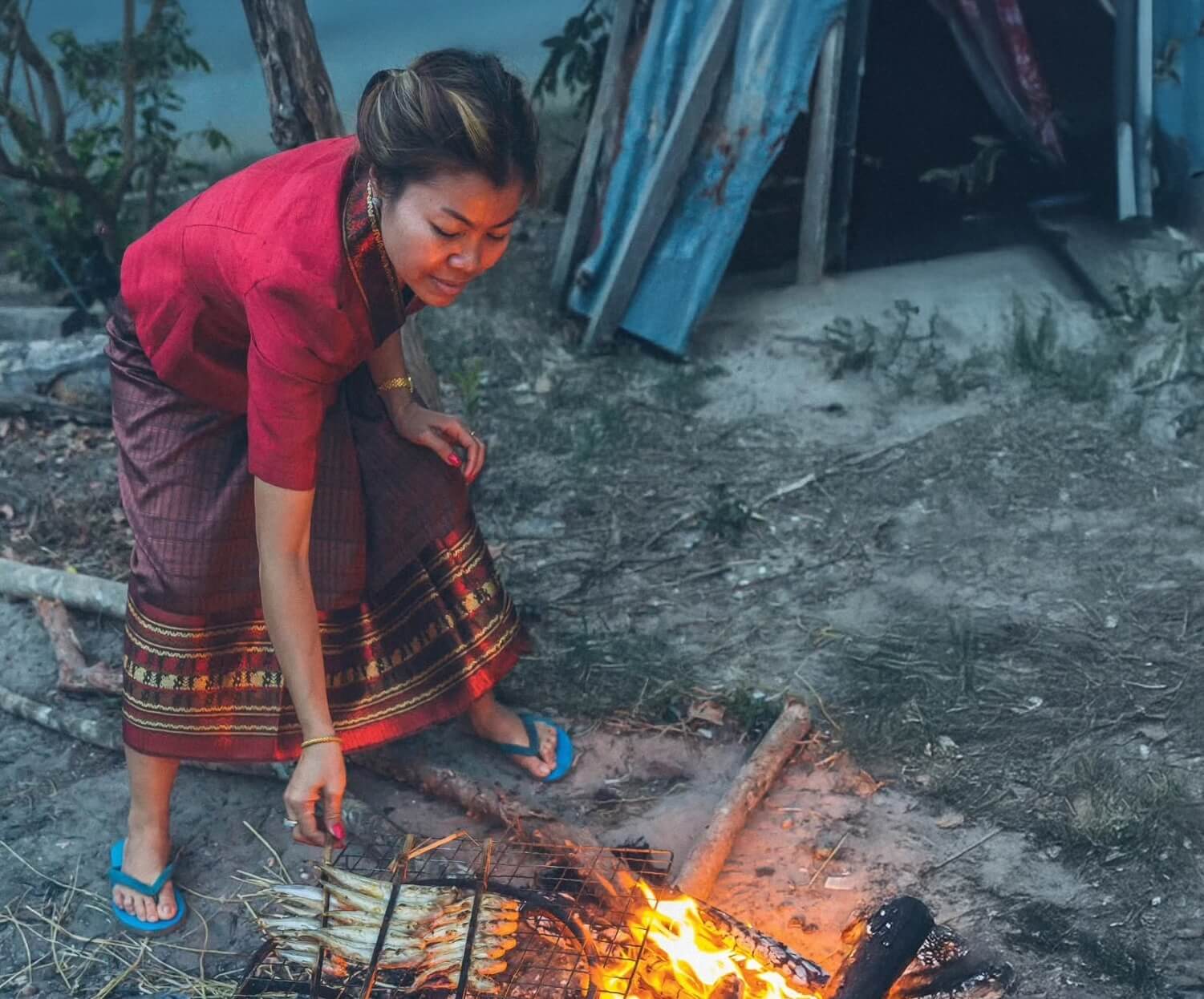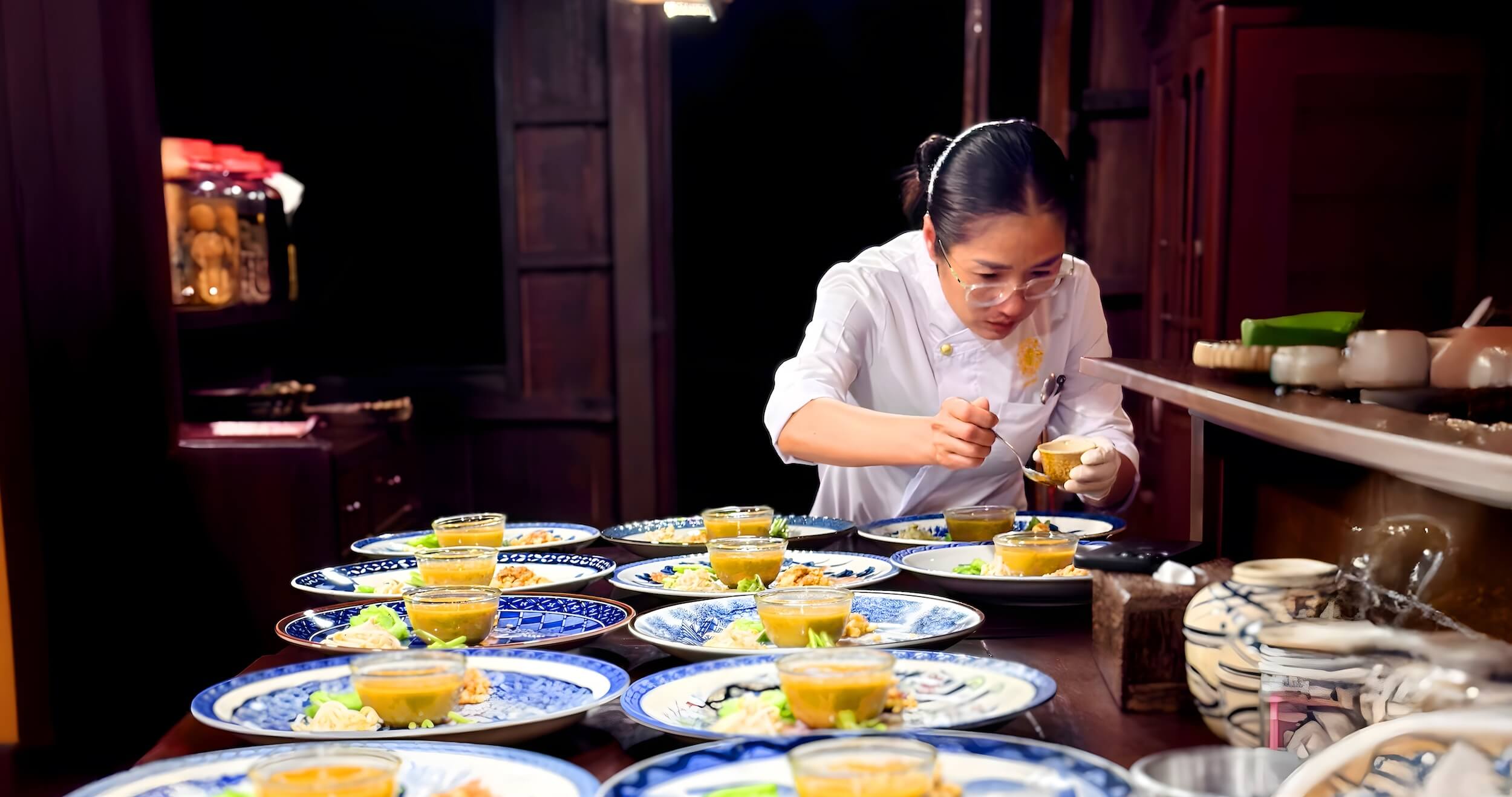




Ros Rotanak or Chef Nak describes Cambodian food as incredibly diverse and naturally healthy. “Cambodian dishes are well-balanced, incorporating salty, sweet, sour, and umami flavours in perfect harmony. Our ingredients are typically fresh and locally sourced, often found in villages, growing along fences, or in home gardens.”
These are the dishes she learned to prepare growing up, cooking with her older sister for their other siblings while their father travelled for work and their mother sold vegetables at the market before dawn.
“Through this experience, I not only learned how to select the best ingredients but also developed a deep love for cooking,” says Chef Nak.
Chef Nak also gained a keen appreciation for Cambodia’s culinary heritage and lamented its absence in the global food scene. “I made a life-changing decision about 10 years ago. I left a well-paid job to dedicate myself fully to preserving, promoting, and sharing Cambodian cuisine with the world,” she says.
Chef Nak opened a home restaurant along the Mekong River where guests can immerse themselves in authentic Cambodian dining experiences through homestays, private dining, and hands-on cooking classes. She also authored two cookbooks, Nhum and Saoy, to preserve and share Cambodia’s rich and varied cuisine. Saoy went on to win the prestigious Gourmand Award for Best Cookbook in the World in 2023.
For newcomers to Cambodian cuisine, Chef Nak recommends the Trei Dut Teuk Ampil Tum—grilled fish with tamarind sauce, traditionally served with fresh Cambodian rice noodles and an assortment of fresh vegetables and herbs. “This dish beautifully represents Cambodian cuisine with its freshness, well-balanced flavours, and nutritional value, making it both delicious and wholesome,” she says.
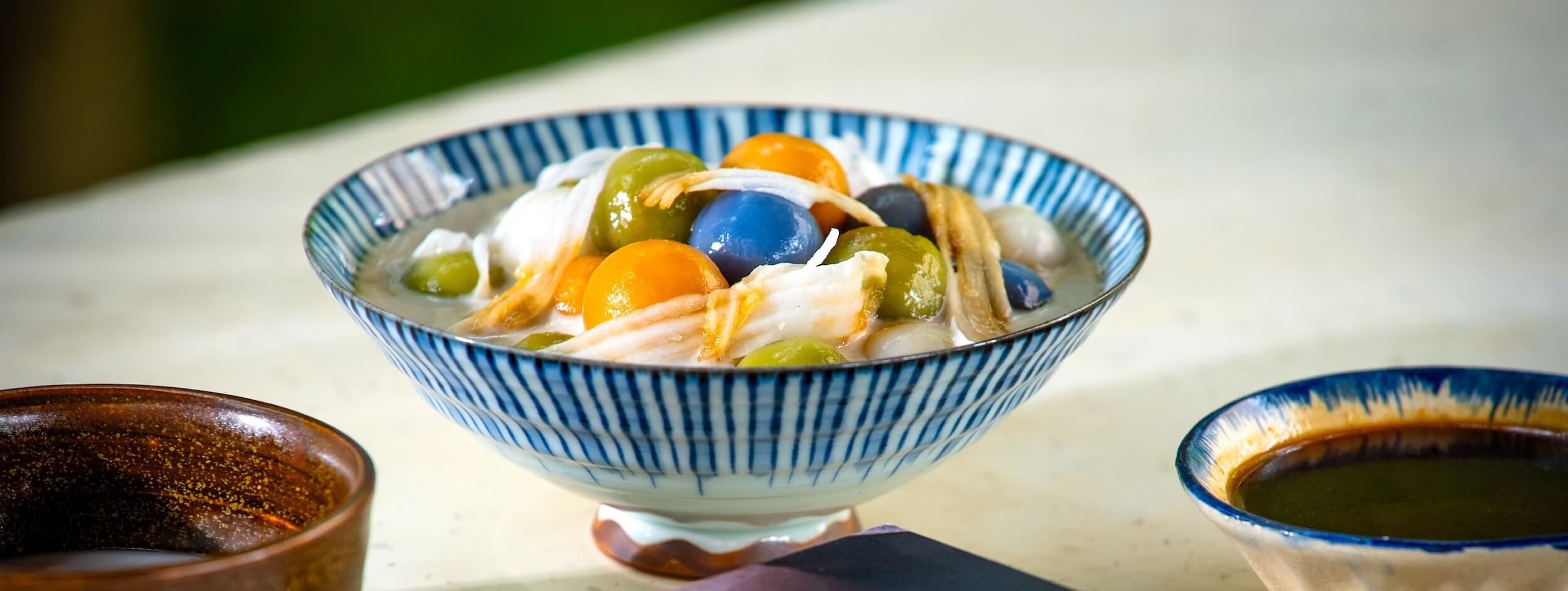
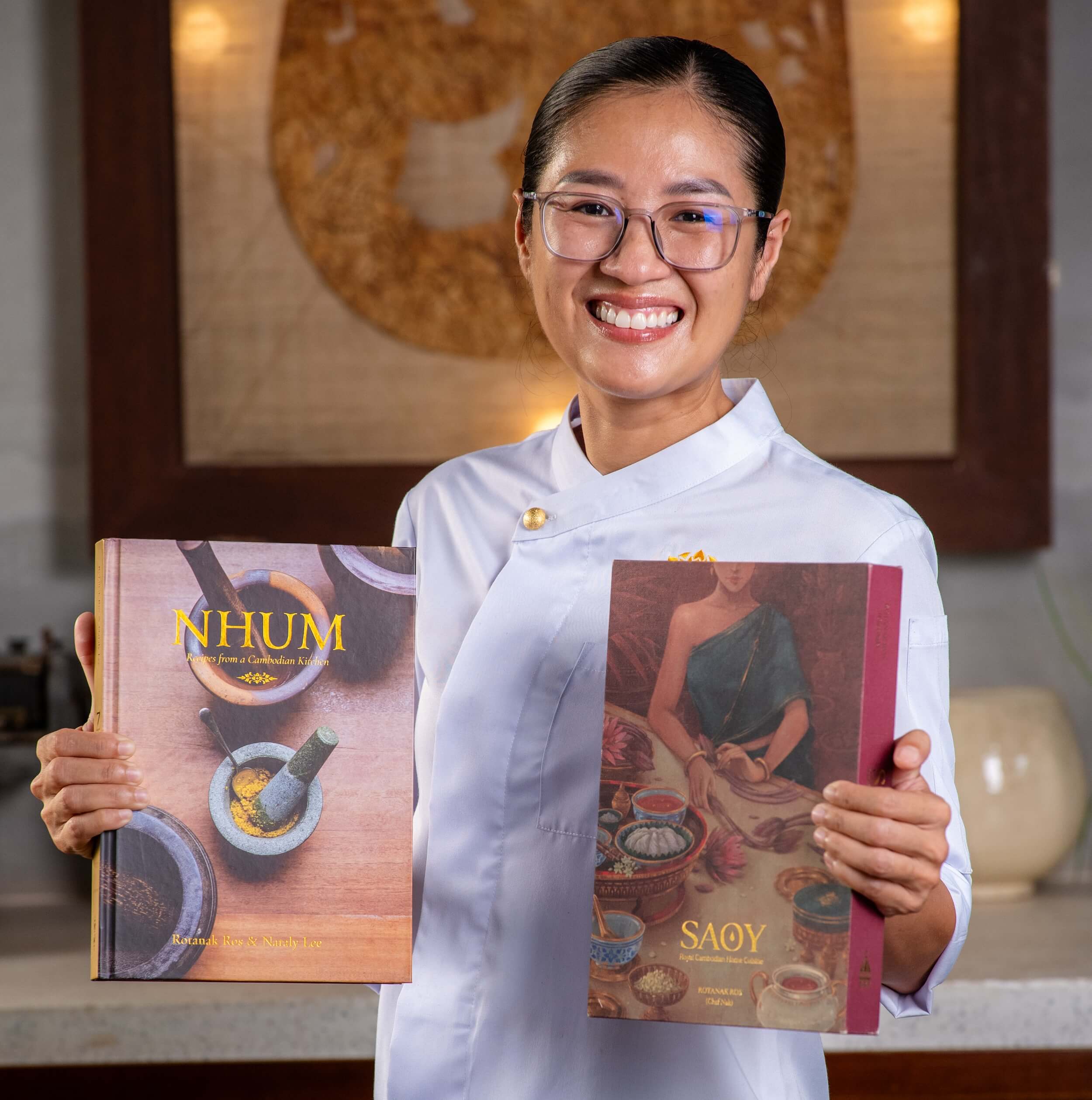
She also recommends two unique but forgotten dishes that used to be prepared in the royal family‘s kitchen: the Numbanh Chok Namya Bangkorng [Cambodian fresh rice noodles with crayfish soup] and Samlor Muktaa [white pearl soup].
Chef Nak notes that traditional Cambodian food is also typically considered a form of medicine. “Many Cambodians still follow this practice, using natural ingredients to nourish the body and promote well-being,” she says.
Using locally sourced ingredients to create meals is important for Chef Nak. She says, “We grow many of our ingredients at home, and for those we don’t have, I buy from a small early morning market near our home, where most ingredients are homegrown on a small scale by people in the community. Occasionally, when specific ingredients are not available locally, especially for religious or cultural dishes, I source them from supermarkets.”
Connecting farmers, traditional food producers, and young chefs is vital to cultivating a thriving food industry in the country, says Chef Nak. “By fostering a deeper connection to our cuisine, we can ensure that future generations take pride in their culinary heritage and continue to share it with the world.”
Chef Nak notes that Cambodian food remains one of Southeast Asia’s hidden gems, and she pledges to continue promoting Cambodian cuisine’s beauty through storytelling, dining experiences, cooking classes, cookbooks, media, and collaborations.
She believes that ASEAN can help lift the profile of not just Cambodian but also Southeast Asian cuisine through initiatives like culinary tourism. “Establish ASEAN-wide food trails, immersive culinary tours, and hands-on cooking experiences to attract global travellers eager to explore Southeast Asia’s vibrant food culture,” suggests Chef Nak.
She says ASEAN can also organise food festivals, culinary exchange programmes, and chef partnerships to highlight distinct flavours and techniques of each ASEAN country while fostering cross-cultural appreciation. “As a chef passionate about preserving, elevating, and promoting Cambodian cuisine and also learning from others, I am always open to collaborations that bring regional cuisines together on a shared platform,” she says.
Chef Nak adds, “Providing financial support for gastronomy entrepreneurs, traditional and innovative food artisans, and chefs can help them expand their businesses internationally and showcase Southeast Asian cuisine on a larger scale.”
Finally, she recommends “investing in high-quality food documentaries and digital content that highlight traditional dishes, chefs, food culture, and the history behind the region’s culinary heritage.”
“By implementing these initiatives, ASEAN can position Southeast Asian cuisine as a globally recognised and highly sought-after culinary experience. Strengthening the region’s culinary identity will promote our food traditions and create opportunities for chefs, food producers, and cultural ambassadors to shape the future of our region’s gastronomy,” says Chef Nak.
The views and opinions expressed in this conversation are solely of the interviewee and do not reflect the official policy or position of ASEAN.
Visit https://www.chefnak.com/ and follow on IG <@chefnak> and YT <ChefNak>




